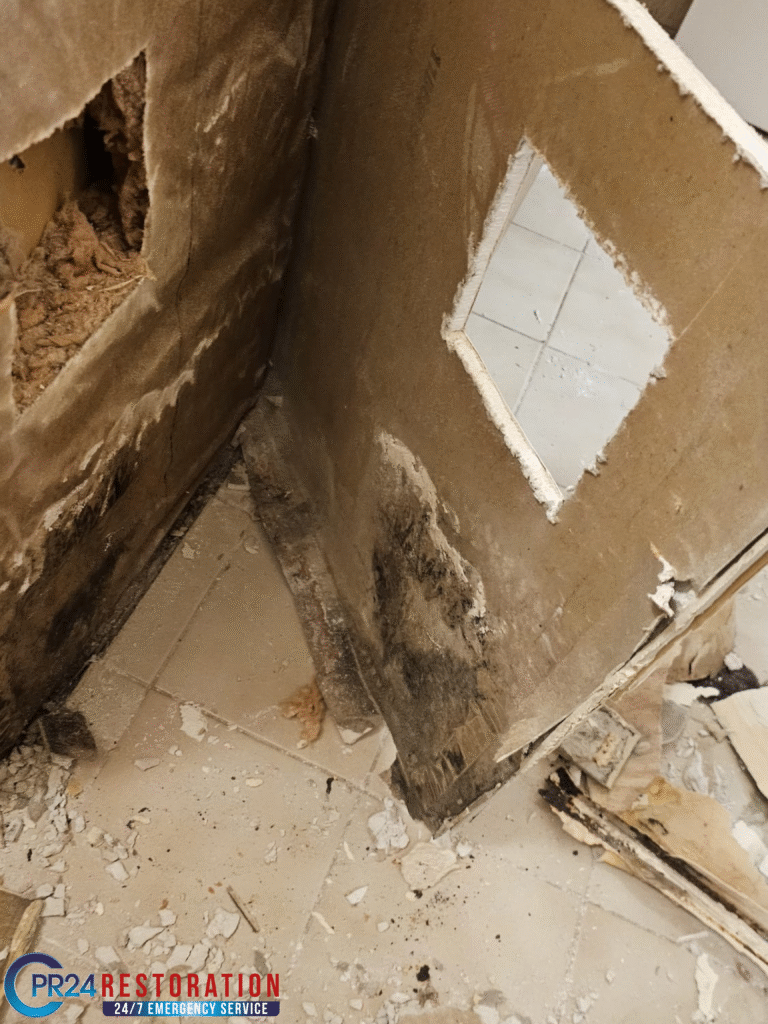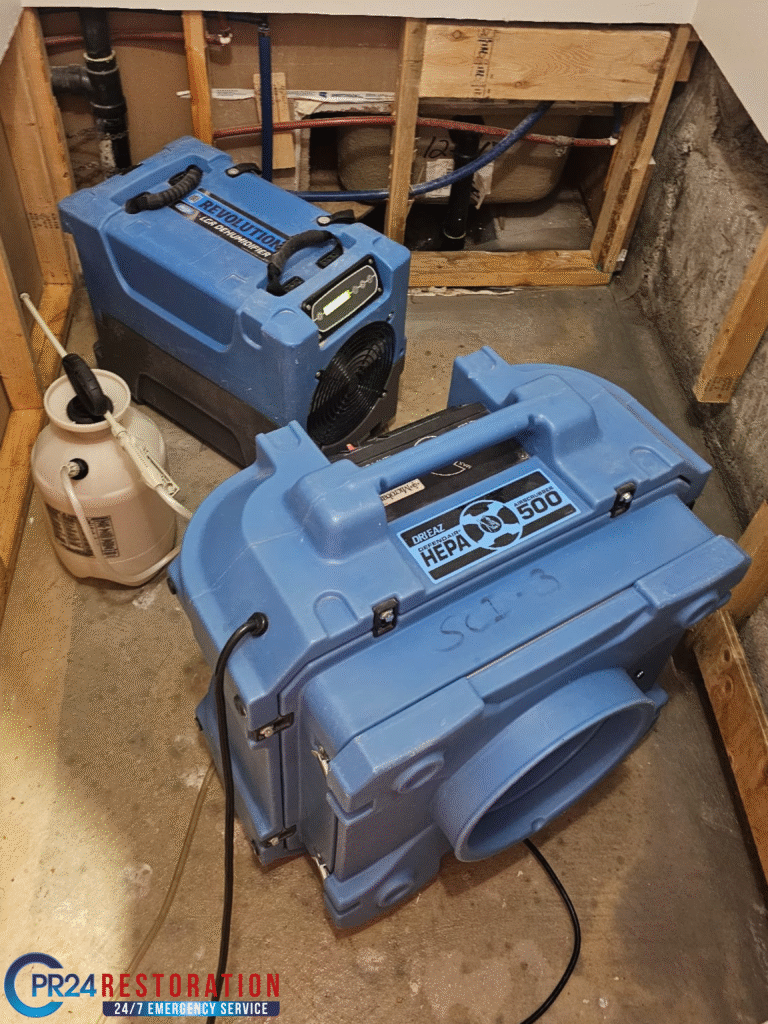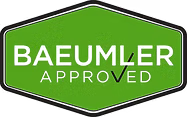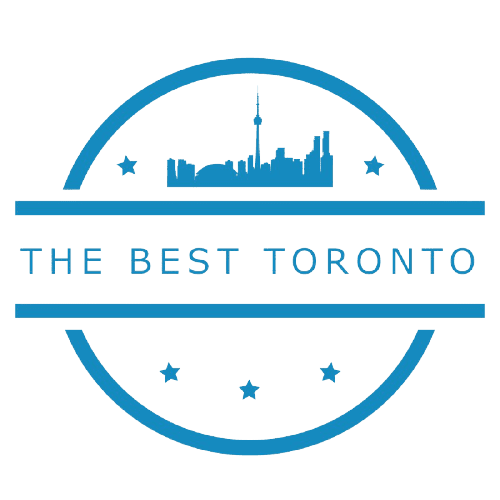Mold Removal Thornhill
Our IICRC-Certified mold removal services in Vaughan and Thornhill are very important. Mold exists everywhere, even if you don’t see it. Mold spores multiply into millions and become airborne during incorrect removal attempts, while undisturbed mold releases minimal airborne spores. Mold exposure can be extremely harmful. It poses serious health risks to young children, older adults, and people with weak immune systems or breathing problems. Residents of mold-affected homes often suffer from multiple health issues. These include rashes, sickness, allergies, asthma, headaches, and general weakness. Mold exposure over time can cause lung infections. It can also lead to severe coughing or wheezing. People may experience irritation in their eyes, nose, and throat. Nausea is another possible effect. Your health faces greater risks the longer mold continues to grow indoors. This piece will walk you through the essentials of professional mold removal in Thornhill. Signs You Might Need Mold Removal in Thornhill You can save yourself from major damage and health risks by spotting mold problems early in your Thornhill home. Mold spores are natural. They spread in certain conditions. We see this mostly in hot, humid, dark places with little airflow. Visible mold on walls, ceilings, or floors You’ll know you have a mold problem when you see it growing on surfaces. Watch out for dark spots, odd colours, or fuzzy patches that appear on your walls, ceilings, floors, or near windows. Black mold usually appears as large black stains and feels either slimy or fuzzy when you touch it. Your bathrooms, kitchens, and basement need extra attention since mold loves these spots. Look for peeling paint, wrinkled wallpaper, plaster cracks, or white crystal-like spots on walls. These signs show there may be moisture problems underneath. Musty or earthy odours in certain rooms That musty smell you can’t get rid of might be your first clue that mold is growing somewhere hidden. The numbers tell us that 60% of mold problems start with these musty odors. Many people say it smells like a damp forest floor and it often makes them sneeze. Research shows that following your nose is actually more reliable than looking for visible mold. You should ask more questions if this smell hits you, especially when you have enclosed spaces like basements or attics. Unexplained health symptoms like coughing or rashes Mold can make you sick in many ways, and some people are more at risk than others. Watch for coughing, wheezing, stuffy nose, irritated eyes, skin rashes, and headaches. The risk is higher for people with allergies, breathing issues, and chemical sensitivities. It also affects seniors, pregnant women, babies, and anyone with a weak immune system. Living with indoor moisture and mold for a long time can lead to asthma, bronchitis, and other breathing problems. Recent water damage or flooding in the home Mold starts growing just 24-48 hours after water damage, so you need to act fast. Leaks, floods, or high humidity create perfect conditions for mold to grow. Damp spots in your home from leaks or poor airflow become mold’s favorite places. After water damage, check your property for moisture problems. Look for stains and discolouration. Also, sniff for musty smells. What to Expect During a Mold Inspection in Thornhill Professional mold inspections help identify harmful growth in your Thornhill home. You should know what happens during this process to prepare for this vital step toward a healthier living environment. Original visual and thermal assessment Certified mold inspectors start with a complete visual evaluation when they arrive at your property. Most professionals come in unmarked vehicles to protect your privacy. They check high-risk areas like basements, bathrooms, and attics for visible signs of mold growth. The inspection looks for water stains and discolouration on floors, walls, ceilings, and carpets. These experts use new technology like thermal imaging cameras. These cameras help find temperature changes that may indicate moisture issues behind walls or above ceilings. Identifying moisture sources and hidden mold Finding the root cause of mold growth is essential for a lasting solution. The inspectors use special tools like radio frequency gauges, fibre optics, and moisture meters to find hidden dampness. They get into walls, ceilings, floors, crawlspaces, and ventilation systems carefully. This detailed work helps pinpoint what’s feeding the mold growth – whether it’s leaks, condensation, or poor ventilation. Creating a scope of work and quote The professionals develop a detailed action plan after the assessment. Their report shows specific findings, recommendations, and a step-by-step remediation strategy. This document has the containment requirements, needed equipment like HEPA air scrubbers, and an estimated timeline. The scope lets you understand exactly what will happen during remediation so you can plan. Third-party air quality testing Thornhill Air quality testing proves mold presence best, especially when you can’t see the growth. Professional inspectors take air samples that accredited laboratories analyze. These tests show the types and amounts of mold spores in your home. The lab results provide legal documentation with individual identification numbers that ensure reliability. Some companies also test surfaces to identify specific mold species for proper remediation. Understanding the Thornhill Mold Removal Process Our certified mold removal follows several key steps that eliminate contamination and prevent it from spreading. Remediation crews stick to strict industry protocols to keep everyone safe during this sensitive process. Setting up containment zones The first step creates proper containment barriers. These sealed zones stop mold spores from reaching clean areas of your home. A single layer of 6-mil fire-retardant polyethylene sheeting works well for areas between 10-100 square feet. Larger spaces need full containment with double polyethylene layers and special chambers to enter and exit. You retain control through negative pressure in these zones. The polyethylene sheeting should billow inward on all surfaces, suggesting proper containment. Using HEPA filters and air scrubbers Specialized equipment cleans the air next. HEPA (High-Efficiency Particulate Air) filters catch 99.97% of particles as small as 0.3 microns, including most mold spores. Air scrubbers release purifying agents into the space and neutralize pollutants right at their source. These machines filter air while creating negative pressure. They pull contaminated air through filters before releasing clean air. The devices









